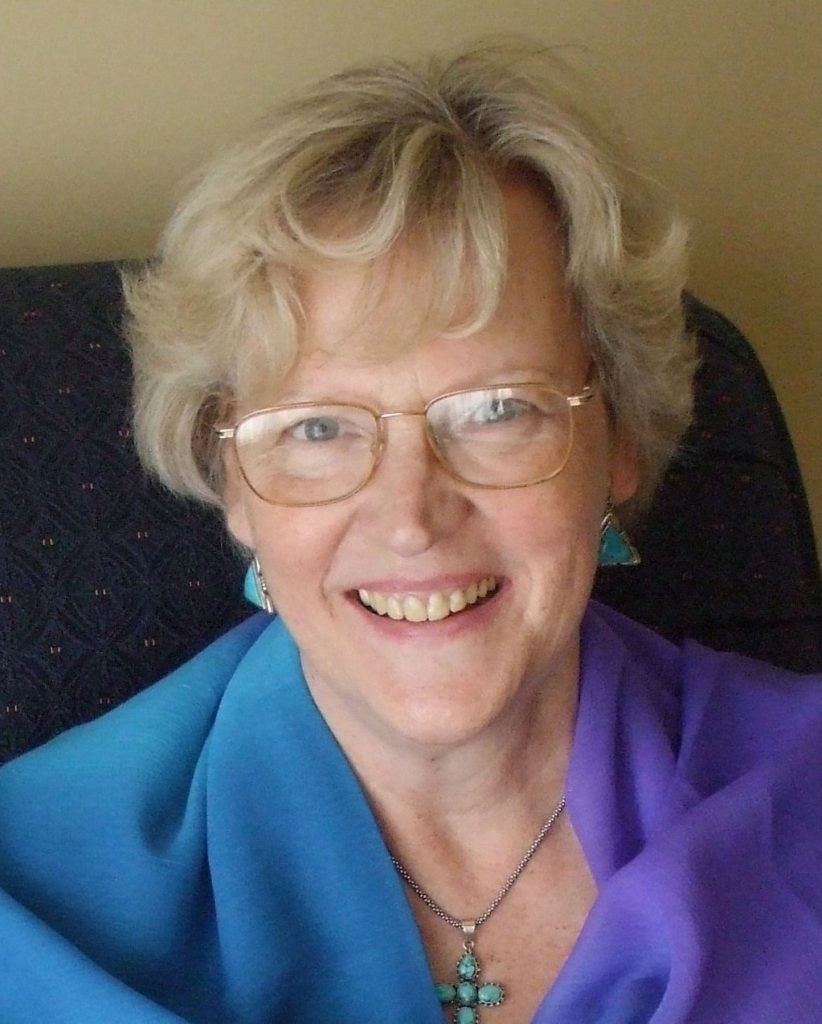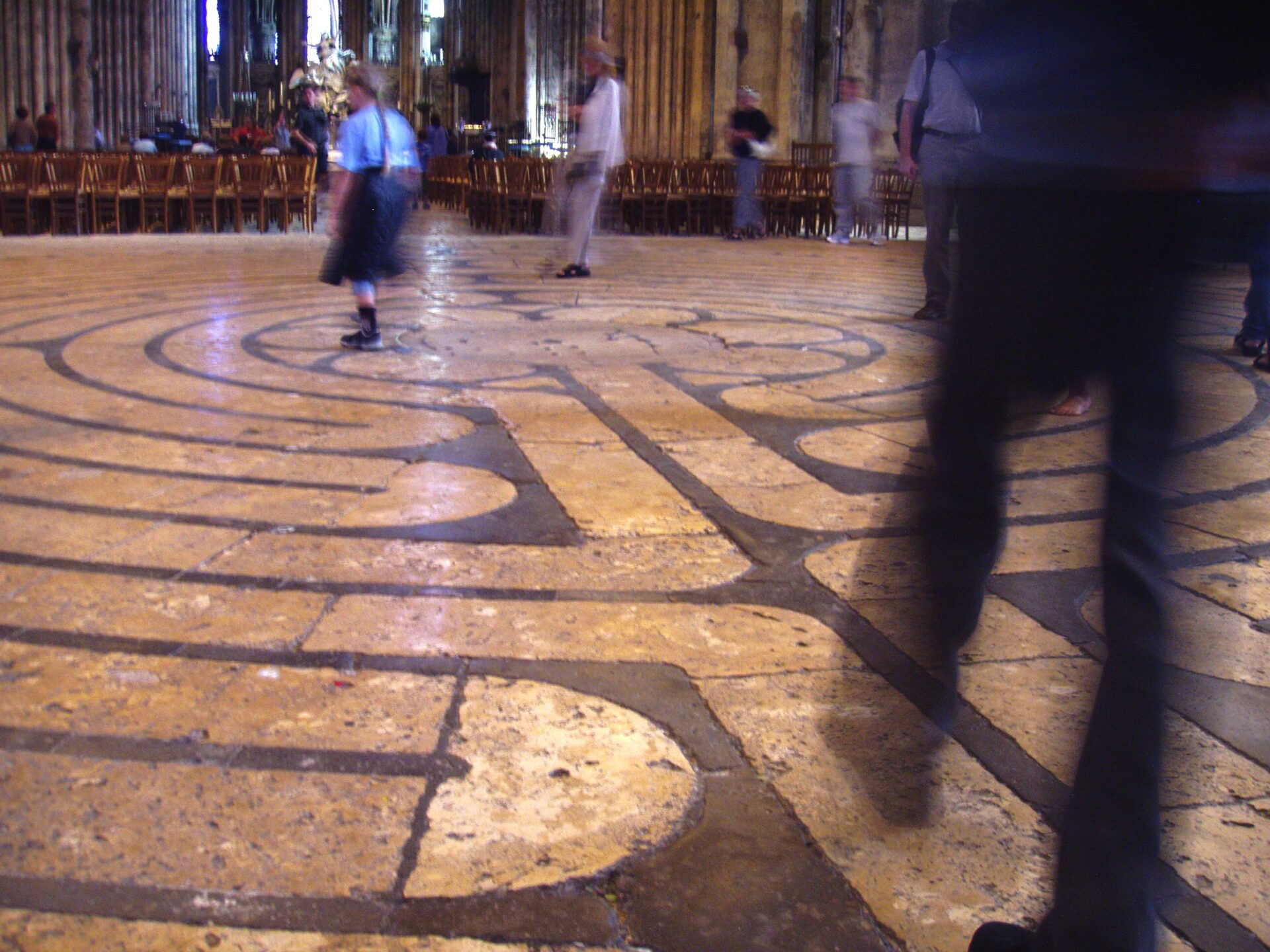I finished last week with the quote from Phillippians (2:5): “the consciousness that was in Christ is also in us”. But what do we mean by consciousness let alone the consciousness of Christ?
I remember reading years ago a quote by a British psychologist Stuart Sutherland, saying: “Consciousness is a fascinating but elusive phenomenon. Nothing worth reading has been written about it.” Since then some research has been done, in particular by Francis Crick (of the structure of DNA fame) on visual consciousness, but that is only a small part of the whole field. Recently further research has been done to show the effect of meditation on the brain, as we heard when I was quoting from my daughter Dr Shanida Nataraja’s book The Blissful Brain. We saw the enormous importance of the effect of attention on certain areas of the brain. One pointed focus switched off the area dealing with thoughts, images and daydreams, in other words one of the functions of the ego part of our consciousness. It also had an effect on another ego area dealing with emotional response: the strong survival ‘flight or fight’ response was switched over to one of acceptance, relaxation and tranquillity.
The most interesting one for our present discussion is the effect on the parietal cortex. This houses two important cortices: the orientation association cortex and the verbal-conceptual cortex. The first one is associated with orientation in time and space and creating boundaries: self/non-self and the world of opposites, whereas the second one confers the ability to relay our experience in words – in fact, both again very much the qualities of the ‘ego’. One-pointed attention causes a decrease in activity in the parietal cortex therefore leads to a lessening of both these abilities, explaining why we lose a sense of our separate identity – time and space dissolving and all opposites unifying – that leads to a feeling of connectedness with everybody and everything that surrounds us, and at the same time the inability to explain this experience clearly to others.
The importance of this sequence of the effects of paying attention on different parts of the brain is that the initiative for these changes stems from our present consciousness and our will: we are deliberately kick-starting the brain into a different mode of perception by one pointed focus. It is interesting to see how our ego consciousness, with its survival needs in this material plane, is encoded in the circuitry of the brain but can be temporarily by-passed. In by-passing the ego we open ourselves to the all-encompassing part of our consciousness based on intuition and a wider contextual experience. This we then recognise to be our ‘true self’ and it is this part of our being that allows us to link into the consciousness of Christ and hence to Divine Reality. Using this side of our total being, we “cleanse the doors of perception and see reality as it is, infinite!” (William Blake). In fact, we return to our original nature, which is one interwoven with the rest of creation and the cosmic All.
Yet, this does not explain what consciousness itself is. We don’t really know what it is but we can see its effects. The problem is that we are not dealing with an object we can put to the test in a laboratory, we are dealing with something that can only be experienced and we have seen the difficulty of putting this experience into words. In the end the answer to the problem of consciousness is still the same one Aristotle gave so long ago: “I know that I don’t know.”
All the mystical tradition can do is hint at what that experience is like and it needs many descriptions to try and explain what was experienced: ‘being enfolded in love’, ‘being surrounded by light’, ‘feeling at one with everything around us’ are a few that have come our way. The common factor in all is an intuitive sense of oneness with the Cosmos, accompanied by feelings of awe and reverence. Jesus himself also had to resort to using analogies and parables to try and explain his own experience of the Kingdom of heaven, the experience of Divine Presence.
All we can do is persevere with a committed faithful discipline of meditation, which will at different points on the spiritual journey give us glimpses of what is in store for us, till we have totally purified our emotions and enter the Presence of the Divine more often. But we, like Jesus after the Transfiguration, have then to come down off the mountain in loving service to all.





